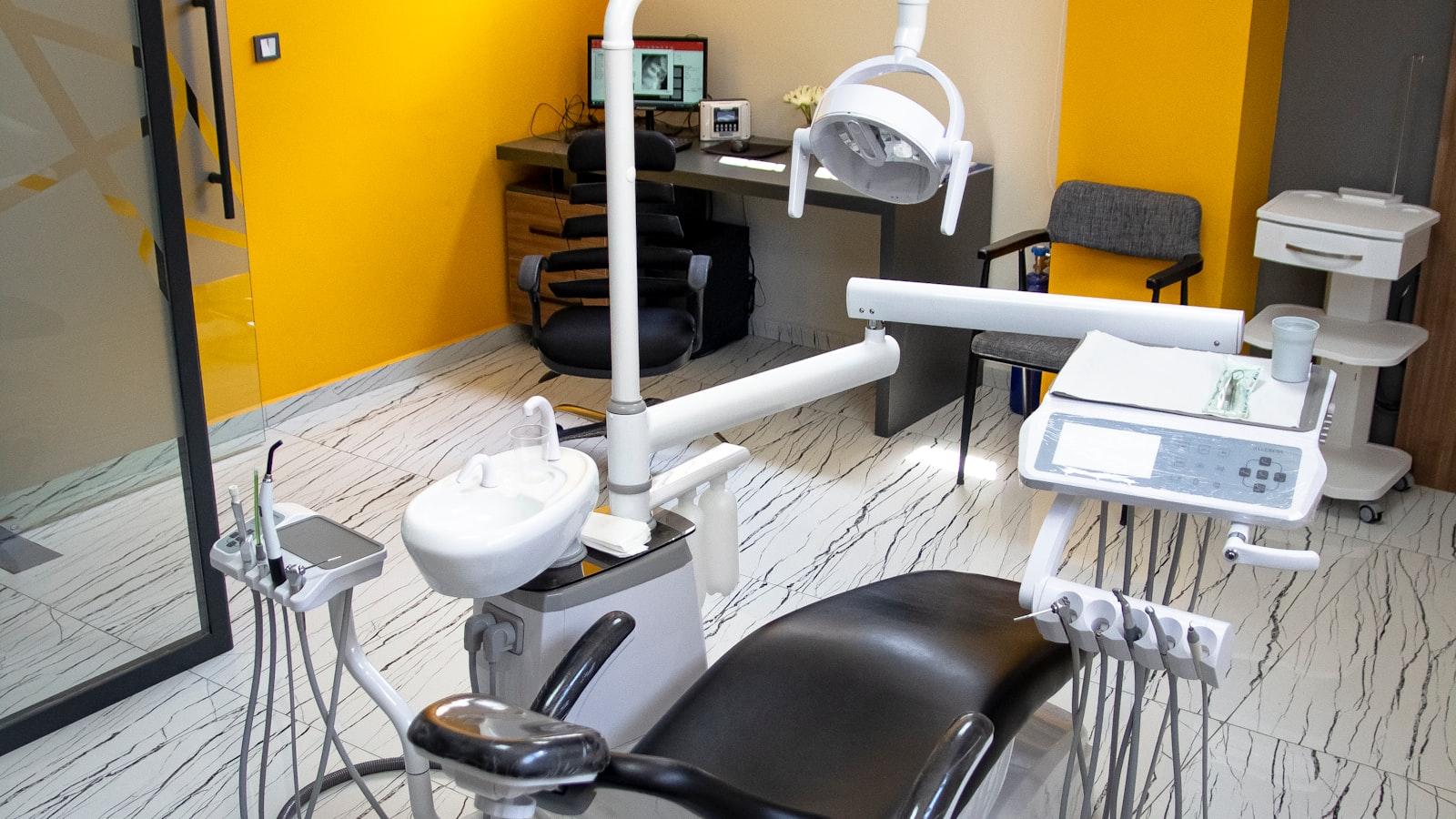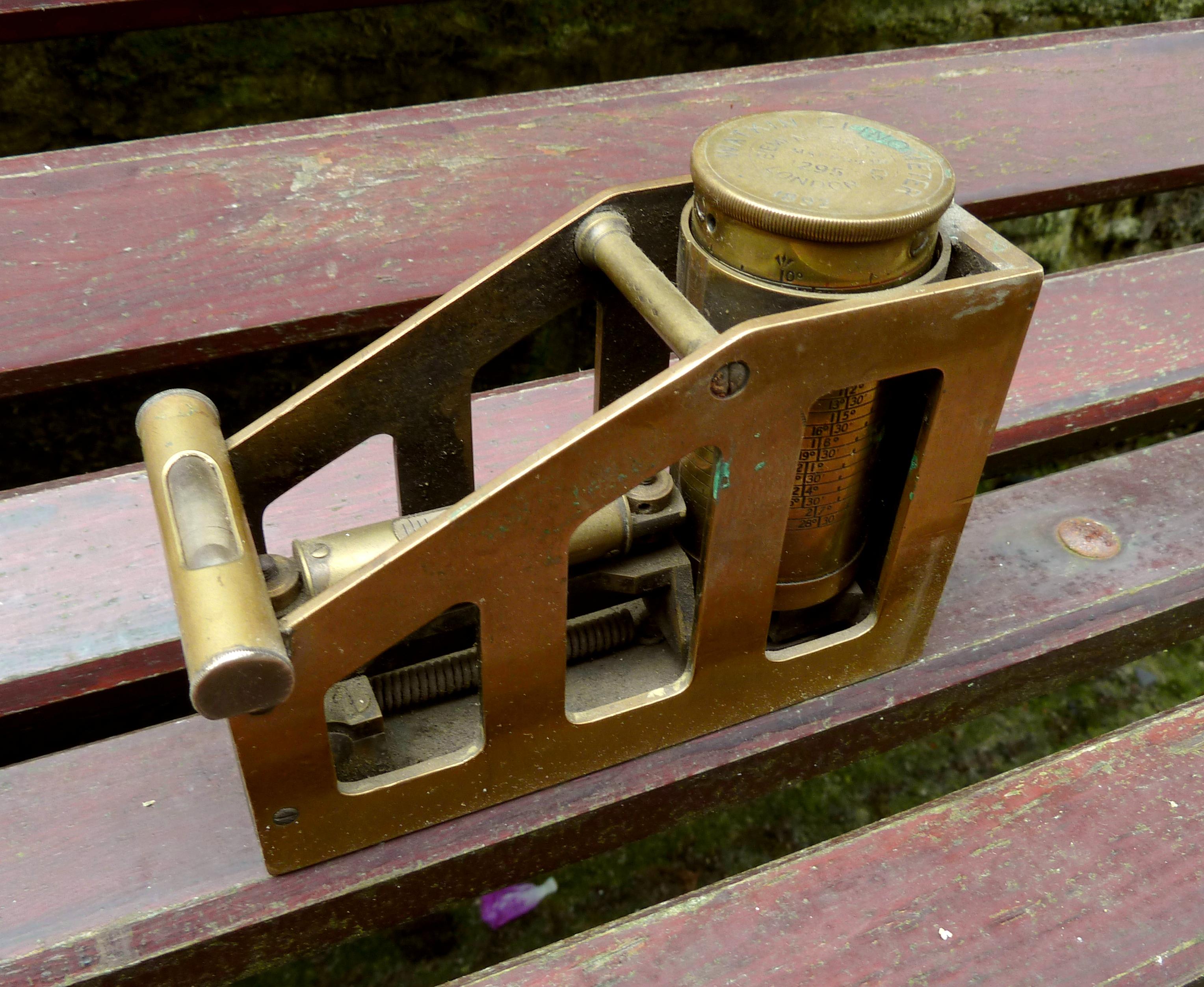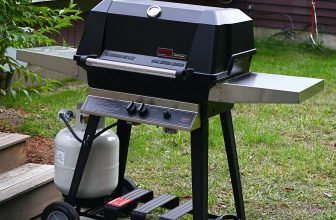
Have you ever found yourself in need of measuring angles, height, or distances but lacked the appropriate tools? Look no further! In this article, we will provide you with a comprehensive guide on how to use a clinometer – a versatile and essential tool for measuring angles accurately. Whether you are a hiker, engineer, or outdoor enthusiast, understanding how to utilize a clinometer can prove to be a valuable skill in various applications. This informative article aims to equip you with step-by-step instructions, tips, and insights to effectively operate a clinometer. So, grab your clinometer and let’s dive into the world of precise angle measurements!
Introduction to Clinometers
A Clinometer is a versatile tool used for measuring angles of inclination or elevation. It plays a crucial role in various industries such as construction, engineering, surveying, and forestry. Before we delve into the specifics of how to use a clinometer, let’s explore the basic principles behind it.
The first thing to understand about clinometers is that they rely on simple trigonometry. By measuring the angle between the horizontal line of sight and the desired object, you can determine the angle of inclination or elevation. This can be immensely useful when measuring the height of trees, determining the slope of land, or even aligning structures.
To use a clinometer, start by holding it steady and aligning the instrument’s eyepiece with the object you wish to measure. Next, peer through the eyepiece to ensure the object is clearly visible. Then, observe the horizontal line in your field of view and make adjustments until it aligns perfectly with the horizontal reference line within the clinometer.
Once the horizontal line is aligned, you will notice a vertical line or reticle intersecting the object you are observing. This intersection point indicates the angle of inclination or elevation. To obtain an accurate reading, take note of the graduations or engravings on the clinometer’s scale and record the angle accordingly.
In some cases, clinometers may have additional features like a built-in compass. This can be particularly useful when determining both the angle and direction of an object. By having a compass integrated into the clinometer, you can easily measure angles with reference to magnetic north, further enhancing the precision and versatility of your measurements.
In conclusion, mastering the use of a clinometer opens up a myriad of possibilities for precise angle measurement. Whether you are a surveyor mapping out the terrain, a forester gauging the height of trees, or an engineer aligning structures, the clinometer provides a reliable and efficient means of gathering accurate data. Understanding the basic principles and following the steps outlined above will equip you with the skills needed to become proficient in using this invaluable tool.

Types of Clinometers and Their Uses
Clinometers are specialized tools designed to measure angles of elevation or slope. They are commonly used in various fields such as engineering, construction, surveying, and forestry. In this post, we will explore different types of clinometers and their specific uses.
-
Optical Clinometers:
- These types of clinometers use the principle of optics to measure angles.
- They usually consist of a sighting tube and a scale, allowing the user to align the target and read the angle directly.
- Optical clinometers are widely used in surveying, forestry, and topographic mapping.
-
Digital Clinometers:
- Unlike optical clinometers, digital clinometers use electronic sensors to measure angles accurately.
- They often come in a compact handheld design, making them portable and easy to use.
- Digital clinometers are commonly utilized in construction, slope stability analysis, and precision engineering.
-
Forestry Clinometers:
- Specifically designed for forestry applications, these clinometers provide accurate measurements of tree heights and slopes.
- They are equipped with special features such as built-in compasses for navigational purposes in dense forests.
- Forestry clinometers play a crucial role in forest management, timber harvesting, and tree inventory assessments.
-
Inclinometers:
- While not technically clinometers, inclinometers serve a similar purpose by measuring the inclination or tilt of a surface.
- They are commonly used in civil engineering to monitor the stability of slopes, embankments, and structures.
- Inclinometers are available in various forms, including handheld devices, borehole sensors, and automated monitoring systems.
-
Abney Levels:
- Abney levels are a type of clinometer that combines a sighting tube with a bubble level.
- They offer a versatile solution for measuring both angles of elevation and deviation from the horizontal.
- Abney levels are frequently employed in land surveying, geology, and architectural design.
In conclusion, clinometers are vital tools for measuring angles in different industries. Whether you are a surveyor, engineer, forester, or geologist, choosing the right clinometer for your specific needs is essential. Optical and digital clinometers, forestry clinometers, inclinometers, and Abney levels each have their unique uses and applications. By understanding the types of clinometers available, you can make an informed decision when selecting one for your purposes.

Step-by-Step Guide on How to Use a Clinometer
When it comes to measuring angles and slopes, a clinometer is an invaluable tool. Whether you’re a surveyor, an engineer, or simply an outdoor enthusiast, knowing how to use a clinometer can greatly enhance your accuracy and efficiency. In this step-by-step guide, we will take you through the process of using a clinometer, from setting it up correctly to obtaining precise measurements.
Step 1: Familiarize Yourself with the Clinometer
Before diving into its usage, take a moment to get acquainted with your clinometer. Familiarize yourself with its various parts and functions. This will help you navigate the device with ease throughout the measurement process.
Step 2: Set Up the Clinometer
Next, ensure that your clinometer is set up correctly. Place it on a stable surface or attach it securely to a tripod if needed. Ensure that it is level to guarantee accurate measurements. Calibration may also be necessary, depending on the type and model of the clinometer. Refer to the manufacturer’s instructions for any specific calibration steps.
Step 3: Identify the Target
Once your clinometer is set up, it’s time to choose your target. This could be a tree, a building, or any vertical or horizontal surface you wish to measure. Make sure the target is at a reasonable distance and within the clinometer’s range of measurement. This information can typically be found in the device’s manual.
Step 4: Take the Measurement
Hold the clinometer firmly and aim the sighting tube or telescope towards the target. Look through the lens and align the crosshairs with the top and bottom of the target. Read the measurement indicated on the scale or through the digital display, depending on the type of clinometer you are using. Take multiple readings to ensure accuracy.
Step 5: Record and Analyze the Data
Lastly, record the measurements you have obtained and analyze the data as needed. This could involve calculating the slope angle, determining the height of an object, or any other relevant analysis. By organizing and interpreting the measurements, you can derive valuable insights and make informed decisions based on the data.
Common Mistakes to Avoid When Using a Clinometer
Using a clinometer can be a useful tool for measuring angles and slopes, but it is important to use it correctly to obtain accurate results. Here are some :
1. Inadequate calibration:
A common mistake that many people make when using a clinometer is not properly calibrating it before use. Calibration ensures that the clinometer is accurately measuring angles, so it is crucial to follow the manufacturer’s instructions to calibrate it correctly. Failure to calibrate the clinometer can result in inaccurate readings.
2. Insufficient stability:
Ensuring stability while using a clinometer is essential for accurate measurements. A shaky or unstable hand can lead to variations in the readings. To avoid this mistake, it is recommended to use a tripod or stabilize the clinometer against a stable surface. This will help to minimize any unintended movements during measurements.
3. Improper sighting technique:
Having the right sighting technique is crucial when using a clinometer. Many people mistakenly rely on sighting the clinometer incorrectly, resulting in inaccurate measurements. It is important to position your eye correctly in the sighting line, align the target properly, and hold the clinometer steadily for an accurate reading.
4. Neglecting to account for height differences:
One common mistake when using a clinometer is neglecting to account for height differences between the observer and the target. This is especially important when measuring slopes, as failing to consider the height difference can lead to incorrect slope calculations. Always make sure to measure the height of the observer and the target to obtain precise measurements.
5. Failure to use averaging techniques:
Using averaging techniques can help minimize errors and provide more accurate measurements. When measuring angles or slopes with a clinometer, it is advisable to take multiple readings and calculate the average. This helps eliminate any potential measurement errors and provides a more reliable result.

Tips and Best Practices for Accurate Measurements with a Clinometer
Using a clinometer can be a valuable tool in a variety of professions and activities, such as surveying, engineering, and outdoor adventures. To ensure accurate measurements with your clinometer, follow these tips and best practices:
1. Calibrate Your Clinometer
Before you start using your clinometer, it’s essential to calibrate it for accurate measurements. To do this, place the clinometer on a level surface and zero the readings. This step ensures that your readings will be precise and reliable for future measurements.
2. Choose a Stable Position
The position from which you take measurements is crucial for accuracy. Always try to find stable ground or a firm surface to position yourself and the clinometer. Minimize any movement or shaking to prevent errors in your measurements. Additionally, ensure that your line of sight is clear and unobstructed.
3. Take Multiple Readings
For increased accuracy, take multiple readings from different positions and angles. This helps to eliminate any potential errors or inconsistencies in your measurements. By averaging the multiple readings, you can obtain a more reliable and precise result. It’s important to note any variations and identify the most common angle for a more accurate measurement.
4. Consider Environmental Factors
Environmental factors can affect the accuracy of your clinometer measurements. Wind, vibrations, and temperature changes can all introduce errors. Minimize these factors by shielding your clinometer and yourself from the wind. Use a tripod or steady your hand to reduce vibrations. Additionally, be mindful of extreme temperature changes that may affect the materials of your clinometer.
5. Practice and Familiarize Yourself
Like any skill, using a clinometer effectively requires practice. Familiarize yourself with the instrument’s features and functionalities. Experiment with different scenarios to develop a better understanding of how your clinometer works. The more comfortable you are, the better your measurements will be. Remember, accuracy comes with experience, so keep practicing!
Q&A
Q: What is a clinometer and how does it work?
A: A clinometer is a device used to measure angles of inclination or elevation. It typically consists of a graduated scale and a weighted needle that responds to changes in vertical tilt. By aligning the clinometer with the line of sight to an object, one can determine its angle relative to the horizon.
Q: What are some common uses of a clinometer?
A: Clinometers find various applications in fields such as engineering, surveying, forestry, and astronomy. They are commonly used to measure the height of trees, determine slopes and inclines for construction projects, and even for stargazers to estimate the angle of celestial objects.
Q: How can I use a clinometer to measure the height of a tree?
A: To measure the height of a tree using a clinometer, stand a known distance away from the tree, making sure the ground is level. Look through the eyepiece of the clinometer and align the vertical crosshair with the base of the tree trunk. Keep the clinometer level and read the angle indicated by the needle. Next, measure the distance from your eye level to the ground. Using simple trigonometry, calculate the tree’s height by multiplying the tangent of the angle by the distance to your eye level.
Q: Are there any precautions to consider while using a clinometer?
A: Yes, it is essential to ensure that the clinometer is placed on a level surface while taking measurements. Any imbalance can lead to inaccurate readings. Additionally, for consistent results, it is advisable to take multiple measurements and calculate an average.
Q: Can a smartphone be used as a clinometer?
A: Yes, there are several smartphone apps available that utilize the built-in sensors, such as the gyroscope and accelerometer, to function as clinometers. These apps can measure angles of inclination with reasonable accuracy.
Q: How can a clinometer be calibrated?
A: Most clinometers come pre-calibrated by the manufacturer and do not require additional adjustments. However, if you suspect your readings are inaccurate, a clinometer can be calibrated by placing it on a perfectly level surface and ensuring the needle aligns with the zero or level mark on the scale.
Q: Is it difficult to learn how to use a clinometer?
A: Not at all! Using a clinometer is quite straightforward once you understand the basics. With a little practice and familiarity, anyone can comfortably use a clinometer to measure angles of inclination or elevation.
Q: Can a clinometer be used in low-light conditions?
A: Clinometers with illuminated scales or built-in backlighting can be used in low-light conditions or at night. These features make it easier to read the scale and obtain accurate measurements even in darker environments.
Q: Are there alternative instruments to measure angles if a clinometer is not available?
A: Yes, there are alternative devices such as inclinometers, digital angle finders, and even smartphone apps that can provide similar measurement capabilities. However, their accuracy and ease of use may vary, so it’s advisable to choose a method that suits your specific needs. In conclusion, the clinometer is a valuable tool that can be used in a variety of fields and applications. By understanding how to properly use a clinometer, you can accurately measure angles and heights, making it an essential tool for surveyors, cartographers, engineers, and outdoor enthusiasts. Remember to calibrate your clinometer, hold it steady, and take multiple measurements to ensure accuracy. By following these steps, you can confidently navigate your way through complex terrains, determine the heights of objects, and gather important data for your projects. With practice and experience, you will become proficient in using a clinometer, allowing you to unlock a new level of precision and efficiency in your work. So go ahead, grab your clinometer, and start exploring the world with a newfound sense of accuracy and confidence.






